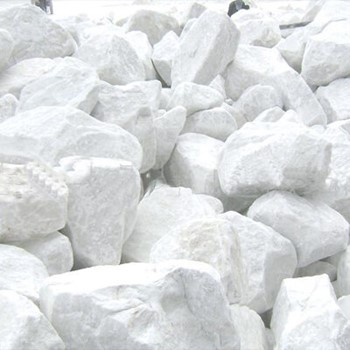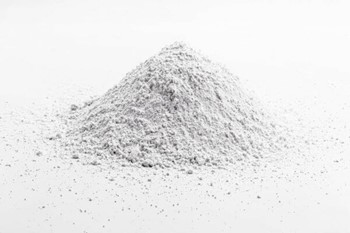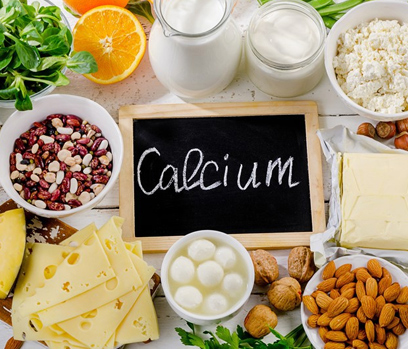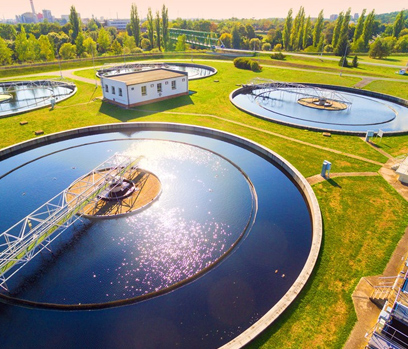Calcium Oxide, commonly known as Quicklime, is produced by burning (or calcining) limestone in a kiln at 2000 degrees +/-. Quicklime is a caustic, alkaline chemical used in a wide range of applications for it’s calcium and neutralization benefits.
Pete Lien & Sons provides Quicklime options ranging from the highest quality available on the market to a low cost alternative. We can accommodate any market need with our sizing options: Fines (pulverized), Chips, and Pebble.
Quicklime can be purchased via bulk trailers or bagged in flexible intermediate bulk containers, and are available in the following sizes:
3/4″ Pebble, 3/8″x 1/8″ Chips, 3/8″ Fines & 1/8″ Fines

Hydrated Lime, chemically known as Calcium Hydroxide, is produced by introducing water to calcium oxide in a controlled environment.
Hydrated Lime has small particle size, good flow properties, high surface area, and high total and available calcium hydroxide.
Pete Lien & Sons provides a wide range of Hydrated Lime options, from the highest quality available on the market to a low-cost alternative. We package our products to meet any customer need:
Hydrated Lime can be purchased via bulk trailers, 1 ton flexible intermediate bulk container, 50lb bags, or 35lb bags.







Limestone is calcium carbonate mined from the ground and crushed for various end uses. When high calcium limestone is burned or calcined in a lime kiln, quicklime (calcium oxide) is produced. Quicklime can then be reacted with water to produce hydrated lime (calcium hydroxide). Quicklime has a much higher available calcium carbonate equivalent percentage when compared to limestone and a slightly higher value compared to hydrated lime. Generally speaking, the calcium carbonate equivalent values are as follows:
Limestone (calcium carbonate): 80-100%
Quicklime (calcium oxide): 150-175%
Hydrated Lime (calcium hydroxide): 120-135%
Lime is a versatile product with many end uses. Some of the many uses include flue gas desulfurization in the coal fired power industry, water treatment (lime softening), anti-strip additive for asphalt hot mix, corn stover treatment for cattle feed, soil stabilization, drilling mud applications in the oil industry, or pH adjustment in various industrial or water treatment processes. If you have any questions regarding a potential lime application, one of our technical sales representatives would be happy to assist.
Lime is produced through the calcination of limestone (calcium carbonate) in a lime kiln at temperatures at or above 2000 degrees Fahrenheit. The product of calcination of high calcium limestone is “quicklime” or calcium oxide. Quicklime in turn can be reacted with water to produce hydrated lime (calcium hydroxide).
Lime should be handled with care and not until the Safety Data Sheet (SDS) has been reviewed. See the products tab of our website to obtain an SDS for our lime. Lime should be stored in silos or an area where it is not susceptible to moisture. Quicklime (calcium oxide) can be stored for short periods of time in 1-ton super sack totes. Hydrated lime at Pete Lien & Sons is also bagged in super sacks and 50-lb bags.
You may refer to your bill of lading or contact your local sales representative to obtain a certification for your project. We are able to provide certifications for water treatment verification, anti-strip applications by all State and Federal Transportation Departments, or a variety of other uses.